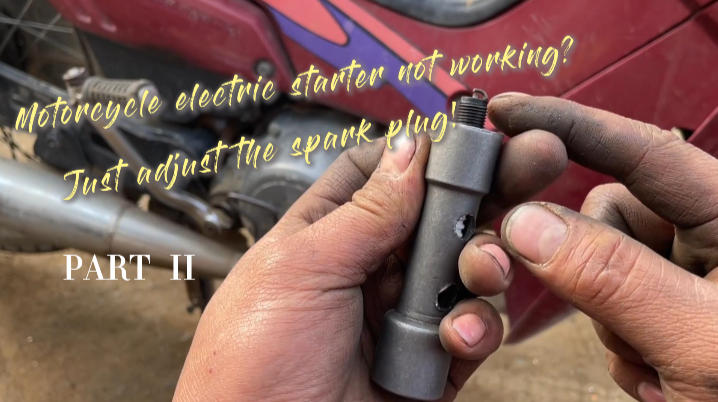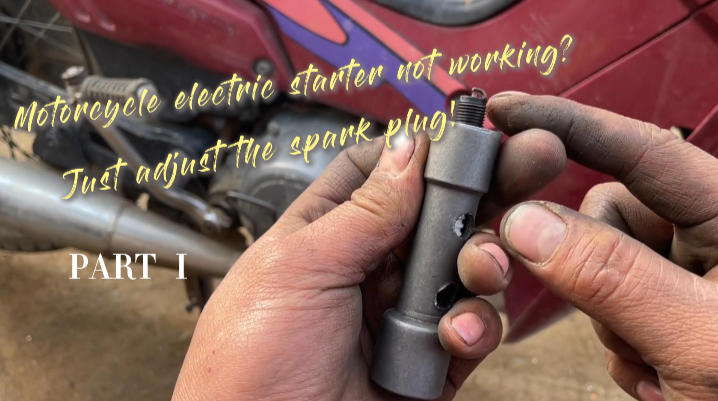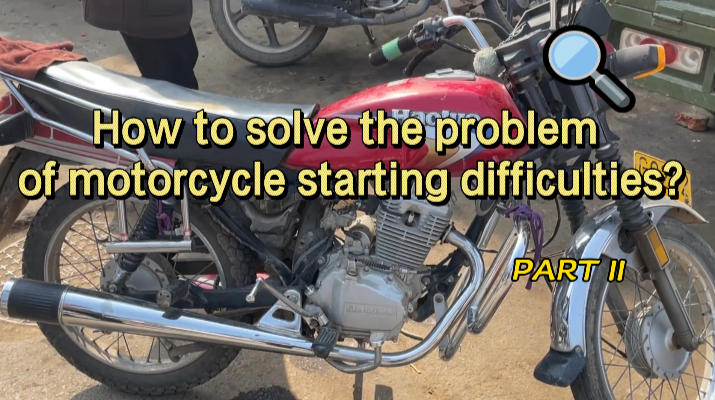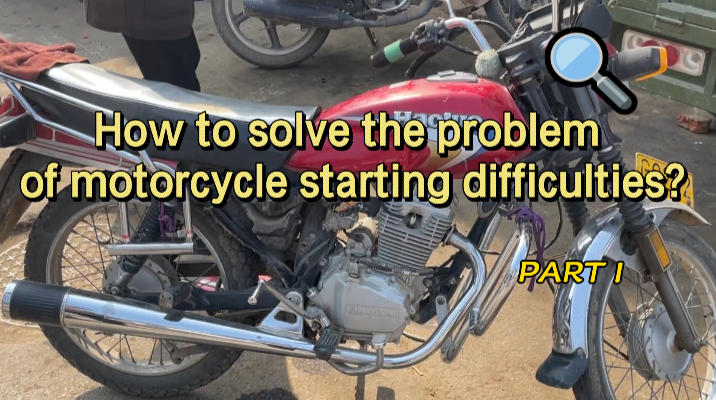Can Snowmobiles Travel on Water?
-
27
-
2025-11-03 09:30:56
People love asking this one: can a snowmobile really ride on water?
The short answer—yeah, it can. But only for a little while, and only if you really know what you’re doing. The long answer? It’s part science, part guts, and part plain luck.
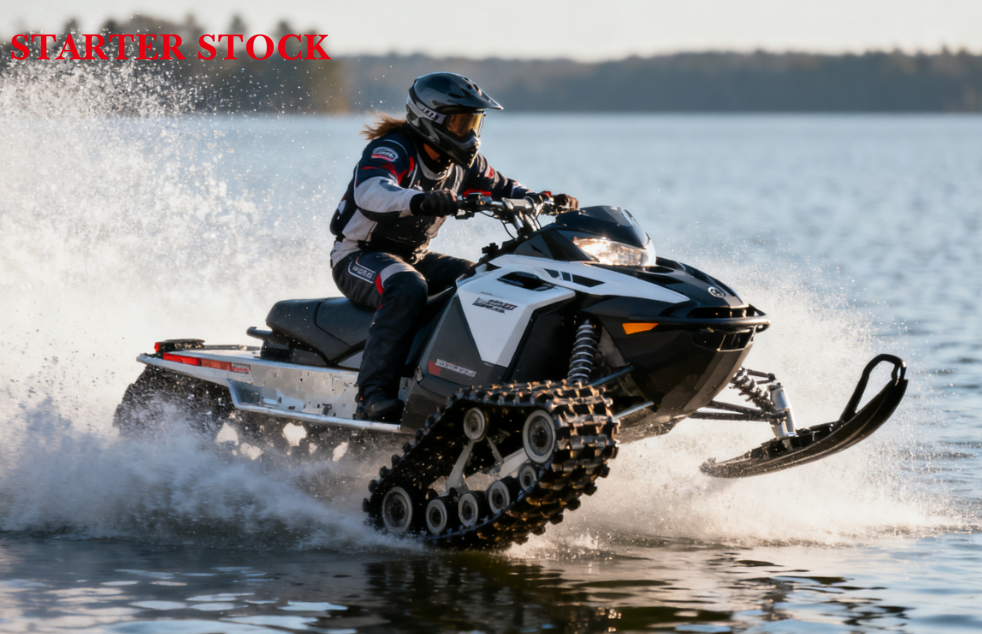
How It Actually Works
A snowmobile doesn’t float. There’s no magic.
What keeps it up is speed—basically, it’s skimming or “planing” across the surface. The track spins fast, throwing water backward, and that pushes the sled forward just enough to keep it on top.
Slow down, even a bit, and gravity takes over. The sled sinks. Usually fast.
Most riders say you need at least 25–30 mph to stay above water. Some lighter sleds can do it at a bit less, but the margin is thin. You keep the throttle open, stay balanced, and pray nothing grabs your skis.
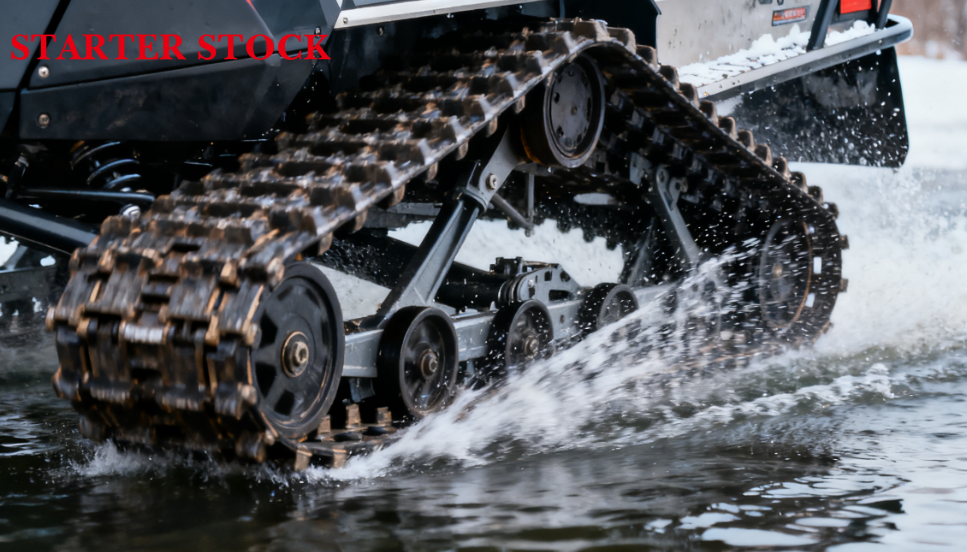
Why People Try It Anyway
Some riders just like showing off. Others do it for sport—there’s even an official thing called snowmobile watercross.
They race sleds across open lakes in summer, no snow anywhere. Looks crazy, but it’s real, with helmets, life vests, rules, and rescue boats.
For the rest of us, it usually happens by accident—someone crosses a stream, misses the bridge, or thinks “I bet I can make it.” Sometimes they do. Sometimes they don’t.
What Makes a Sled “Water-Ready”
Regular sleds aren’t built for this. They can do a short run, sure, but if you plan to water skip, you’ll want changes:
Lighter frame — less weight means easier planing.
Sealed intake — so your motor doesn’t swallow water.
Higher RPM clutch setup — keeps the track spinning fast.
Tweaked track — paddles that can push water better.
Safety tether — shuts the engine if you fall off.
Watercross racers usually rebuild their sleds for this. It’s not just “go fast and hope.”
Trying It with a Stock Sled
Can you? Yes. Should you? Not really.
A regular snowmobile can skip across a few meters of water if you keep the throttle pinned and your weight right. But every time you do, you risk flooding the engine or worse—watching your sled disappear under the surface.
Bigger sleds, touring models, two-ups—they go down fast. Lighter mountain sleds have a better chance, but even then, it’s a gamble.
Once the track stops moving, it’s game over. The sled sinks nose first, and that’s a cold, messy day for you.
What Can Go Wrong
A lot, honestly.
Cold shock: Hit freezing water and your body locks up in seconds.
Mechanical damage: Water in the engine, electronics, or clutch.
Pollution: Fuel and oil leak into lakes. Not cool.
Legal trouble: Many regions fine riders for it.
Recovery costs: Pulling a sunken sled is expensive and miserable.
You’ll see YouTube clips of guys laughing after they sink one. What you don’t see is the hours pulling it out or the $1,000 repair bill.
If You Must Try It
Not telling you to do it—but if you ever decide to test it (legally and safely), here’s how to not make it your last ride:
Check local rules. Some areas flat-out ban it.
Never ride alone. Always have a rescue boat or buddy watching.
Wear flotation gear. Life jacket or snowmobile-specific vest.
Scout your exit. Know where you’ll come out before you start.
Commit. Half-throttle won’t cut it.
Stay calm. No sharp turns.
Be ready to bail. If you lose power, jump away from the sled.
Keep it short. The longer you go, the higher the risk.
What the Pros Do
The pros don’t “try their luck.” They practice.
They know how to balance, how to throttle steady, and how to read the water surface. They set up their sleds carefully, run safety lines, and have teams waiting with boats. It’s a controlled stunt, not a dare.
That’s why watercross events exist — they let riders push limits in a safe setup, not on random lakes.
The Environmental Angle
This part’s not talked about enough. Every time a sled sinks, it leaks gas, oil, and antifreeze into the water. Wildlife and fish don’t need that. If you love riding, respect the trails and lakes that make it possible. Don’t trash them for one short thrill.
So… Can Snowmobiles Travel on Water?
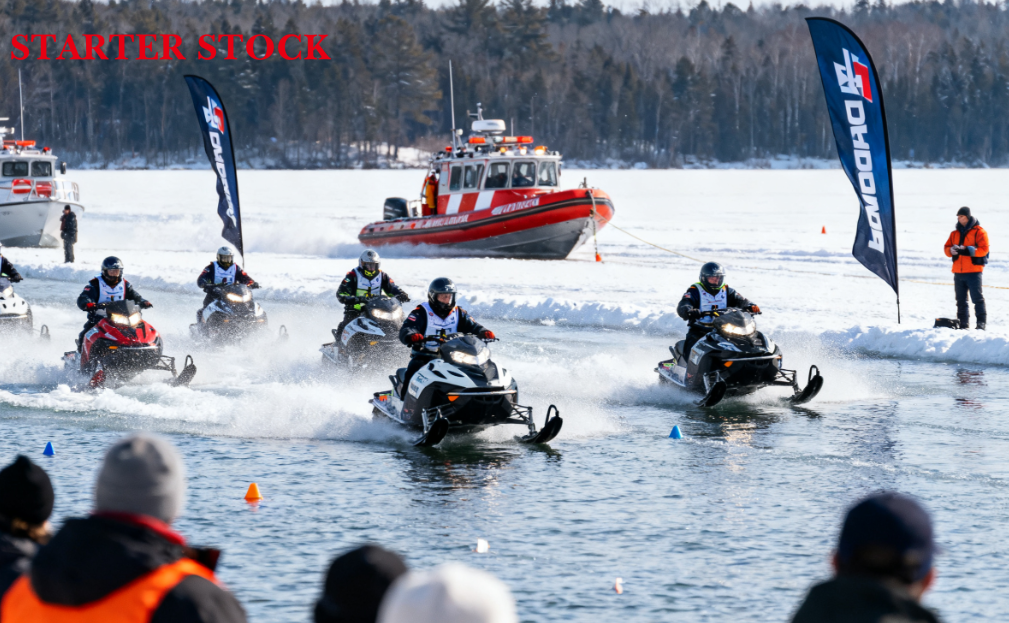
Yeah, they can — for a few seconds, or a few hundred feet if you’re skilled.
But snowmobiles were made for snow. Not open lakes. It’s one of those “just because you can doesn’t mean you should” things.
If you want to see it done right, go to a watercross event. You’ll learn more in one afternoon there than from a dozen viral clips.
And if you just want a thrill? Stick to deep powder and wide trails — you’ll stay drier, warmer, and keep your sled alive.
Bottom line:
Snowmobiles can skim across water for a short time, but it’s risky, costly, and rarely worth it. Fun to watch, not fun to fail. Ride smart, stay dry, and save the lake for the fish.
-
Oil Pump JR-B18-1 16700-K20-903 For Z00MER

-
Oil Pump JR-B18 16700-KVG-41 For AIR BLADE
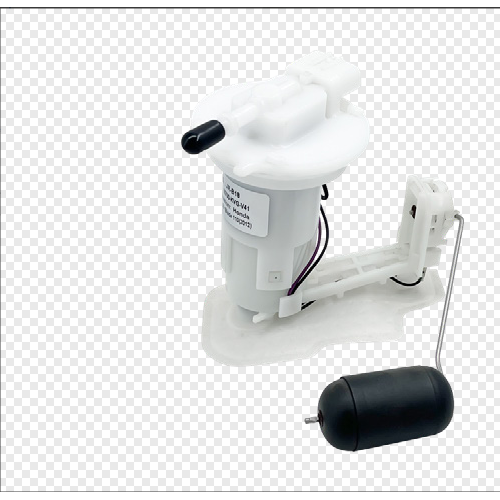
-
Oil Pump JR-B113 16700-HR3-A21 For Fou rTrax Rancher
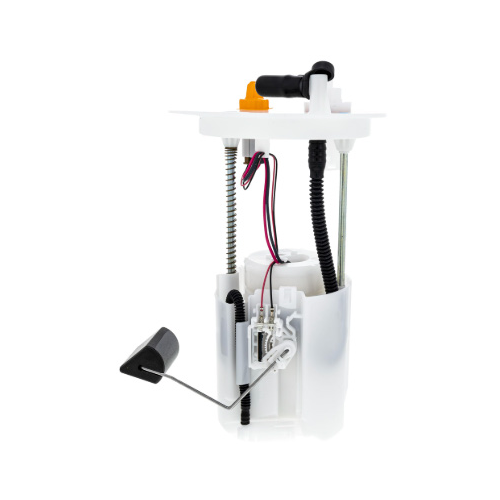
-
Oil Pump JR-B112-1 275500734 For GT1 130/155 2011-2012
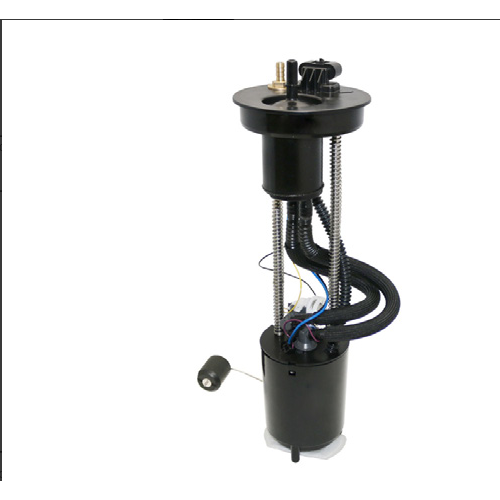
-
Oil Pump JR-B112 47-1027 For MAVERICKX
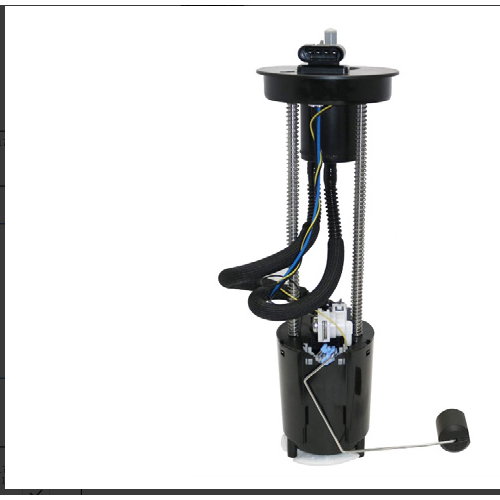
-
Oil Pump JR-B110 47-1050 For OUTLANDER
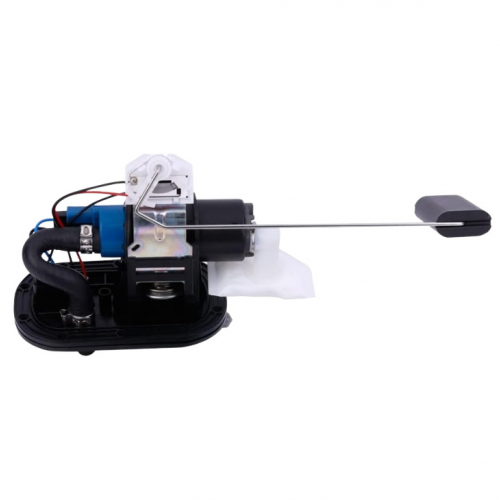
-
Oil Pump JR-B109 709000758 For OUTLANDER
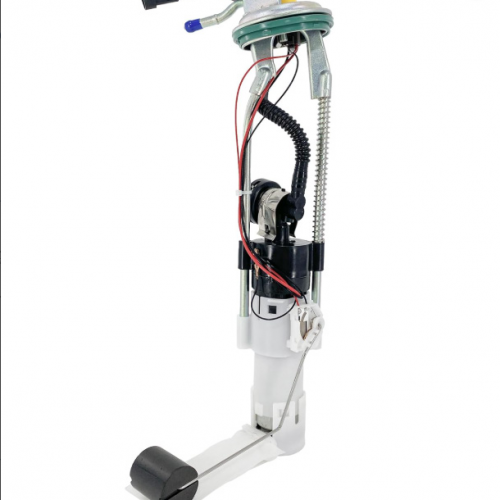
-
Oil Pump JR-B108-1 2204308 For SPORTSMAN
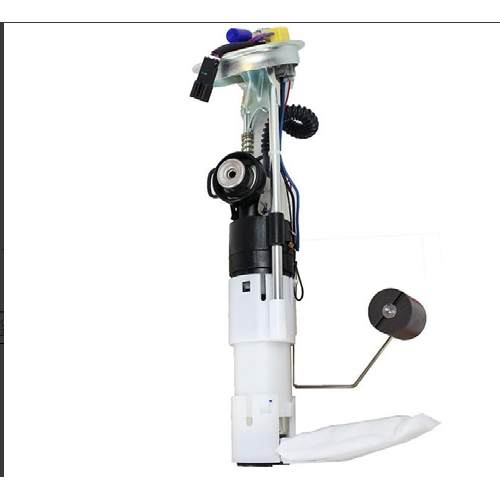
-
Oil Pump JR-B108 47-1014 For SPORTSMAN
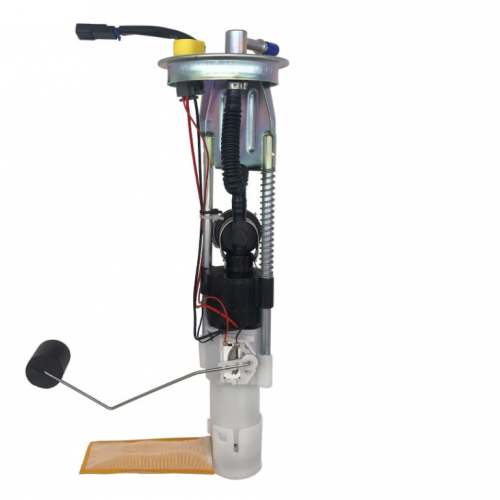
-
Oil Pump JR-B98-1 47-1012 For RANGER



